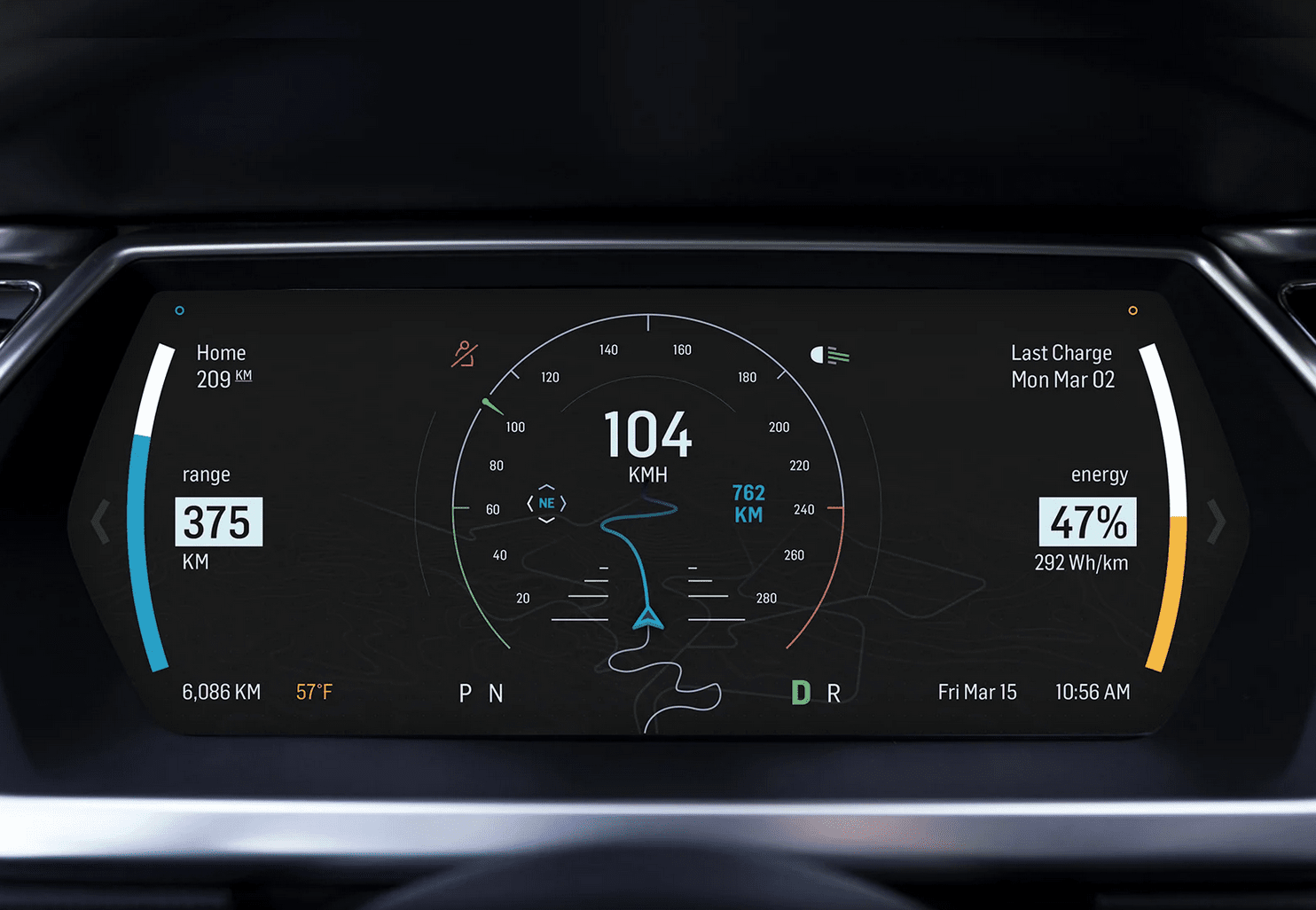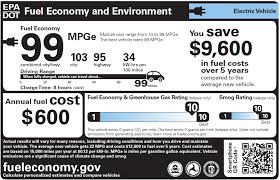#3 EV economy metrics you need to know

Table of Contents
“#3 EV economy metrics you need to know”
Humans have measured the efficiency of gasoline cars using miles per gallon (MPG) and liters per 100 kilometers (L/100km), for as long as anyone that’s alive can remember.
Both these figures offer drivers a quick and understandable number that represents the efficiency of their vehicle. For MPG a higher number is better, and with L/100km a lower number is better. The more you drive and pay attention to these figures, the more you’ll understand what kind of efficiency your vehicle is capable of.
But what about electric vehicles? What numbers do we need to know about to understand their efficiency?
When it comes to EVs, we have a few metrics comparable to the above, MPGe, kWh/100km, and M/kWh. Let’s take a look at what the mean.
kWh/100km
First off, let’s start with what kWh/100km. This stands for kilowatt-hours per 100 kilometers.
Put simply, this is a measure of how much battery power is used to drive 100km. It’s not a retrospective number though, EVs will display this figure on the dashboard as an indicator of real-time efficiency.
Looking at typical EV range tests, anywhere between 13 and 20 kWh/100km can be considered pretty normal. Smaller and lighter EVs tend to come in at the lower end of this range, whilst bigger and heavier EVs tend to come in closer to the top.
Some cars present this figure in watt hours per km (Wh/km), which is just a slightly smaller denomination of the above, but it means the exact same thing.

If you’re in pursuit of efficiency you want this number to be as low as possible.
Kilowatt-hours (kWh) is a measure of how stored energy, think of it like a volume of gasoline that gets burned every 100km driven. When you’re burning less, you’re driving more efficiently.
[Read: How Netflix shapes mainstream culture, explained by data]
MPGe
Miler per gallon equivalent, or MPGe, is a little more complicated, but is useful when you’re comparing an EV’s energy efficiency to an old-fashioned gasoline vehicle.
Some clever scientists managed to calculate how much energy is contained within a gallon of gasoline, and from that — using some complex mathematics — can indicate how efficient they are.
Those boffins found that one gallon of gas contains the equivalent to 33.7 kWh of electrical power. By considering how far an EV can travel on that amount of electricity, we can calculate a miles per gallon figure that is equivalent to if it was a gasoline vehicle.

This is a useful figure when you’re buying a new car, and are considering both EVs and gasoline vehicles, but most EV drivers seem to prefer kWh/100km for measuring efficiency in real time. Most EV reviewers quote the per 100km figure when discussing efficiency rather than MPGe.
Miles per kWh
Another measure of electrical economy in an EV is the miles per kWh, or M/kWh, measure. In countries where kilometers are the main unit of measure, this could also be km/kWh.
If you ask me, this is more useful than a MPGe figure in the real world. When you drive an EV, you can get a real-time read out of how many miles you drive per kWh. If you know how much charge your battery had in kWh before you set off, how long your journey is, and the typical M/kWh your vehicle maintains, you’ll be able to calculate if you’ll make it to your destination without needing to charge.

While cruising on the highway, you can expect an EV to travel anywhere between three and six miles per kWh. If you’re using this metric to monitor the efficiency of your vehicle, you obviously want the number to be higher, because like with MPG, it means you’re traveling further for every unit of energy expended.
There you have it, next time you’re trying to figure out just how to measure your EV’s efficiency in the real world, you’ve got at least three metrics to use.
If you’re aiming to drive as efficiently as possible, only some variables are in your control. Your vehicle’s weight, aerodynamics, and drivetrain affect how efficient it is. However, as the driver you can control tire pressure, how hard you accelerate, and how fast you drive — all of which affect efficiency.
If you’re wanting to convert measures between these metrics, here’s a handy calculator.

SHIFT is brought to you by Polestar. It’s time to accelerate the shift to sustainable mobility. That is why Polestar combines electric driving with cutting-edge design and thrilling performance. Find out how.
Published January 20, 2021 — 13:13 UTC
If you liked the article, do not forget to share it with your friends. Follow us on Google News too, click on the star and choose us from your favorites.
For forums sites go to Forum.BuradaBiliyorum.Com
If you want to read more like this article, you can visit our Technology category.




